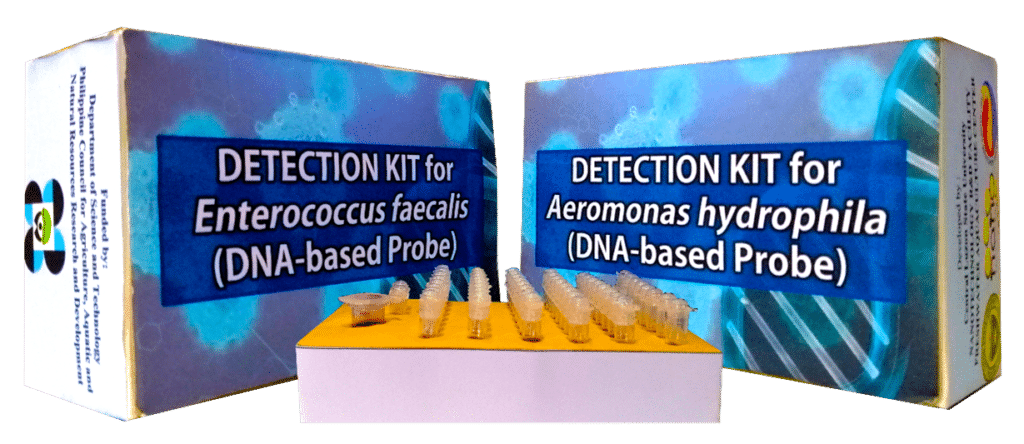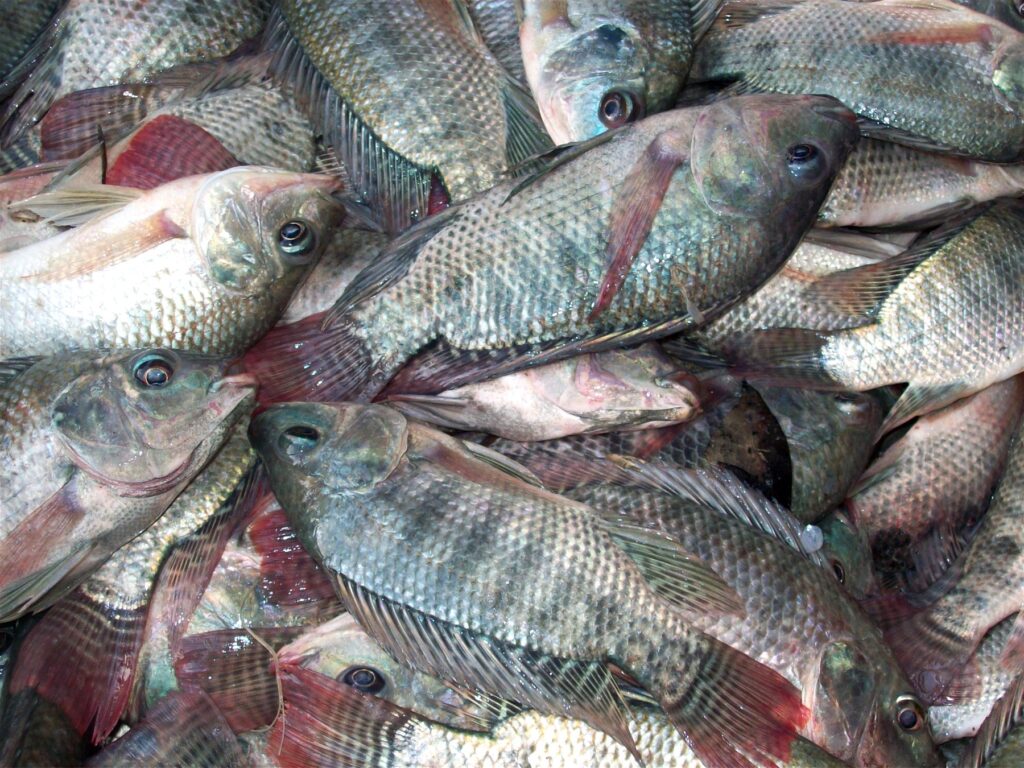by Henrylito D. Tacio
Not too many Filipinos, including myself, know what Aeromonas hydrophila is. That’s why I did research on it.
According to Wikipedia, it is a heterotrophic, Gram-negative, rod-shaped bacterium mainly found in areas with a warm climate. “This bacterium can be found in fresh or brackish water. It can survive in aerobic and anaerobic environments, and can digest materials such as gelatin and hemoglobin,” it said.
The said bacterium was isolated from humans and animals in the 1950s. It is the best known of the species of Aeromonas. Studies have shown it is resistant to most common antibiotics and cold temperatures and is oxidase- and indole-positive.
Wikipedia says A. hydrophila is associated with diseases mainly found in freshwater fish and amphibians, because these organisms live in aquatic environments. It is linked to a disease found in frogs called red leg, which causes internal, sometimes fatal hemorrhaging.
“When infected with A. hydrophila, fish develop ulcers, tail rot, fin rot, and hemorrhagic septicemia,” Wikipedia explained. “Hemorrhagic septicemia causes lesions that lead to scale shedding, hemorrhages in the gills and anal area, ulcers, exophthalmia, and abdominal swelling.”
Fortunately, A. hydrophila is not as infective to humans as it is to fish and amphibians. One of the diseases it can cause in humans, gastroenteritis, occurs mostly in young children and people who have compromised immune systems or growth problems.
This bacterium is linked to two types of gastroenteritis. The first type is a disease similar to cholera, which causes rice-water diarrhea. The other type is dysenteric gastroenteritis, which causes loose stools filled with blood and mucus. Dysenteric gastroenteritis is the most severe out of the two types and can last for several weeks.
One of the fishes that A. hydrophila attacks is tilapia. That’s disturbing!
But the good news is: Rapid Detection Kits (RDK) of bacterial pathogens in freshwater tilapia aquaculture have been successfully pilot-tested in seven diagnostic centers and laboratories in five provinces of Luzon.
In 2019, the project, “Development of Colloidal Gold Nanoparticles (AuNPs) Immune Assay for Rapid Detection of Bacterial Pathogens in Freshwater Tilapia Aquaculture,” was implemented by Central Luzon State University to produce an effective and efficient detection kit for major bacterial pathogens in tilapia aquaculture.
With its completion, it developed Rapid Detection kits ready for pilot testing. The said project is funded by the Philippine Council for Agriculture, Aquatic and Natural Resources Research and Development of the Department of Science and Technology (DOST-PCAARRD).
As part of its continued initiative, DOST-PCAARRD funded the project, “Pilot Testing on the Use of Nanogold-based DNA Probe Rapid Detection Kit for Aeromonas hydrophila.” Led by Dr. Karl Marx Quiazon of the Central Luzon State University, the project primarily aimed to produce a refined, user-friendly nanogold-based Rapid Detection Kit for Aeromonas hydrophila, one of the bacterial pathogens infecting tilapia.
A total of 250 DNA extracts were tested using the detection kit. With this, three additional versions of the RDK with higher sensitivity were developed. These versions were tailored based on feedback derived from the pilot testing conducted.
The RDK was pilot tested in the diagnostic laboratories of its collaborating agencies (Bureau of Fisheries and Aquatic Resources regional offices, Pampanga State Agricultural University, and Isabela State University) in the provinces of Pampanga, Laguna, Batangas, Nueva Ecija, and Isabela.
“As issues regarding tilapia disease outbreaks caused by bacterial pathogens persist and existing disease diagnosis tools remain expensive and require experts to operate, the RDK has been seen to be more affordable and user-friendly,” said a press release from PCAARRD. “This will prove advantageous for small, medium, and large-scale fish farmers.”
To benefit more the tilapia farmers, the RDK is being refined and improved to prepare and nurture its market potential.
This is good news indeed as tilapia is now the country’s second most popular fish preferred by Filipinos – after bangus, of course.
Tilapia was very popular during Biblical times as it was a symbol of rebirth in Egyptian art. It was also one of the three main types of fish that can be found in the Sea of Galilee.
The fish is sometimes called “St. Peter’s fish,” due to a story mentioned in the Gospel of Matthew about the apostle Peter catching a fish that carried a coin in its mouth, though the passage didn’t name the fish.
But there’s more to tilapia than just providing food. In the United States, tilapias are stocked in the canals that serve as the drinking water sources for the cities of Phoenix, Mesa, and others. The fish reportedly help purify the water by consuming vegetation and detritus, thus greatly reducing purification costs.
Tilapia also serves as a natural, biological control for most aquatic plant problems. Tilapia consumes floating aquatic plants, such as duckweed watermeal, the most “undesirable” submerged plants, and most forms of algae.
In Thailand, tilapia is becoming the plant control method of choice in reducing, if not eliminating, the use of toxic chemicals and heavy metal-based algaecides. In Kenya, tilapia helps control malaria-causing mosquitoes. Tilapia consumes mosquito larvae, which reduces the numbers of adult females, the disease’s vector. – ###



